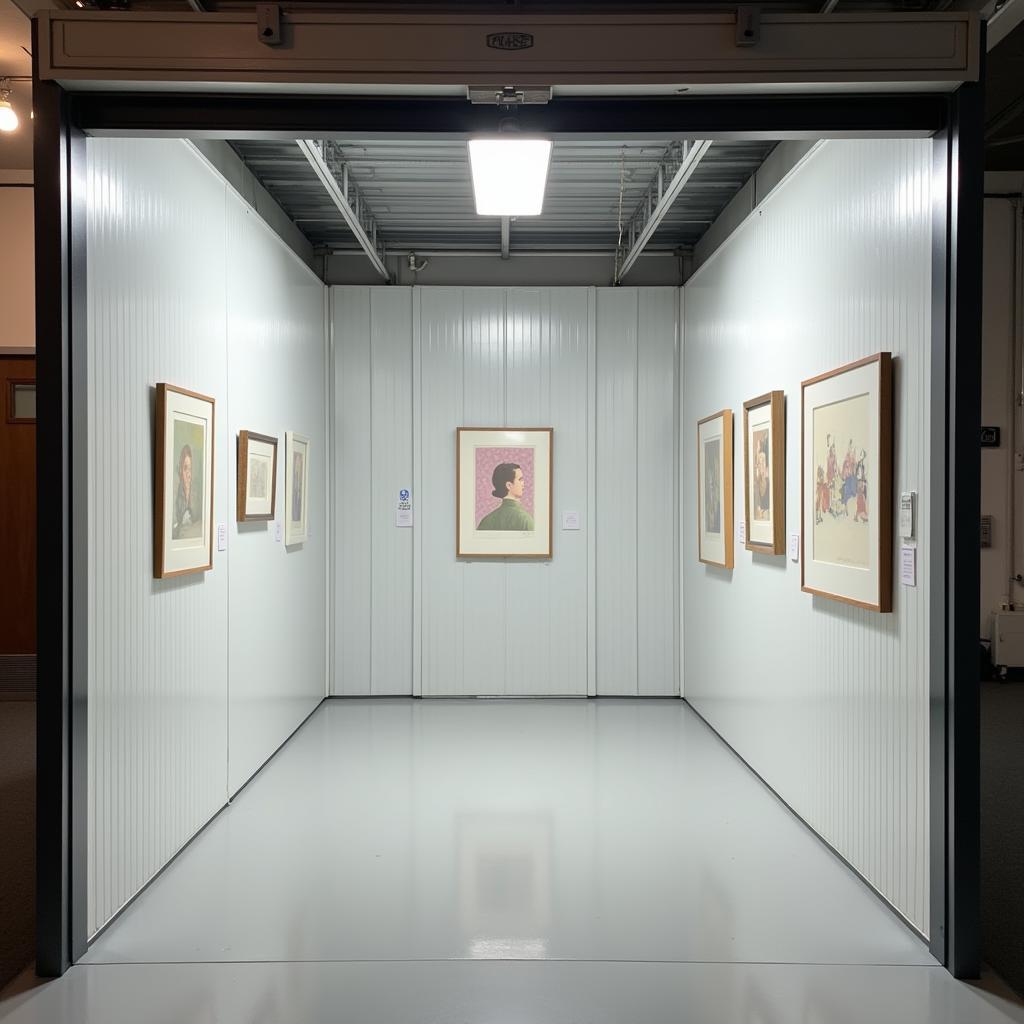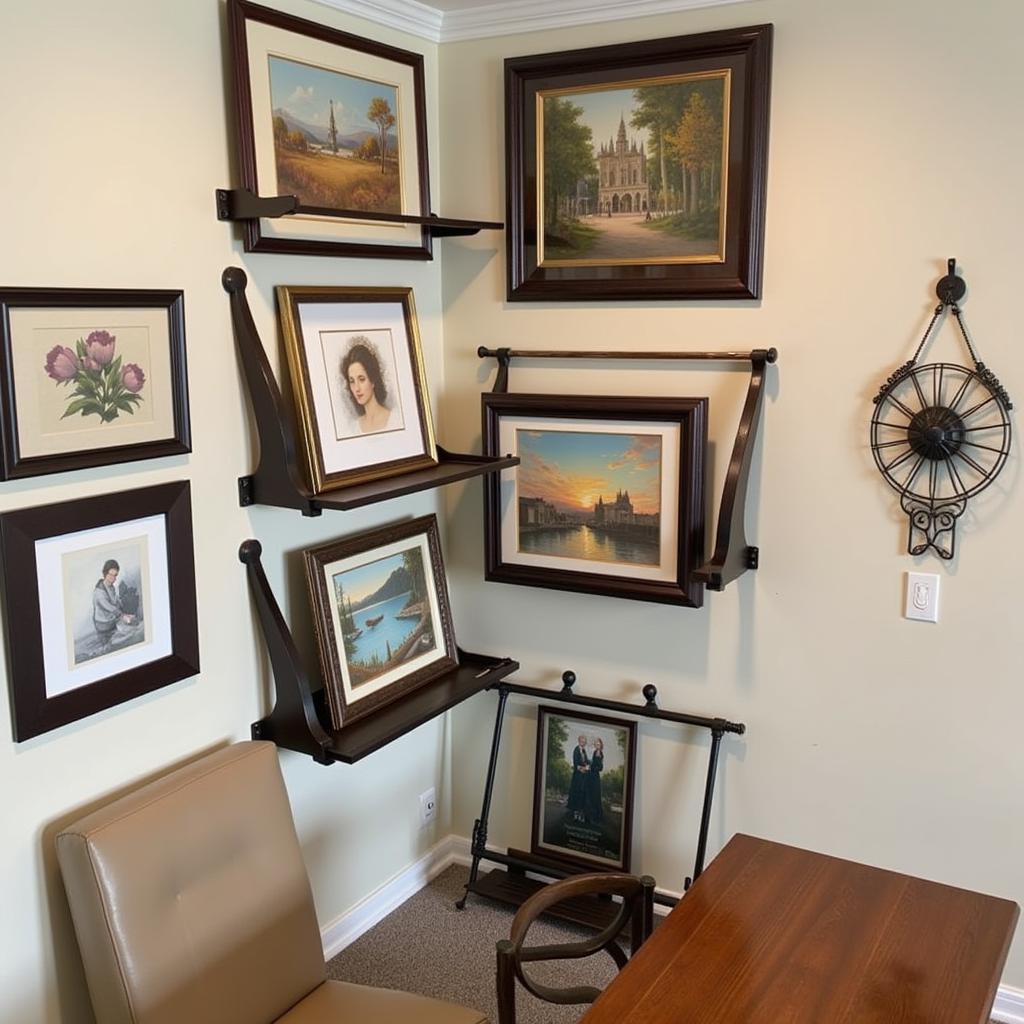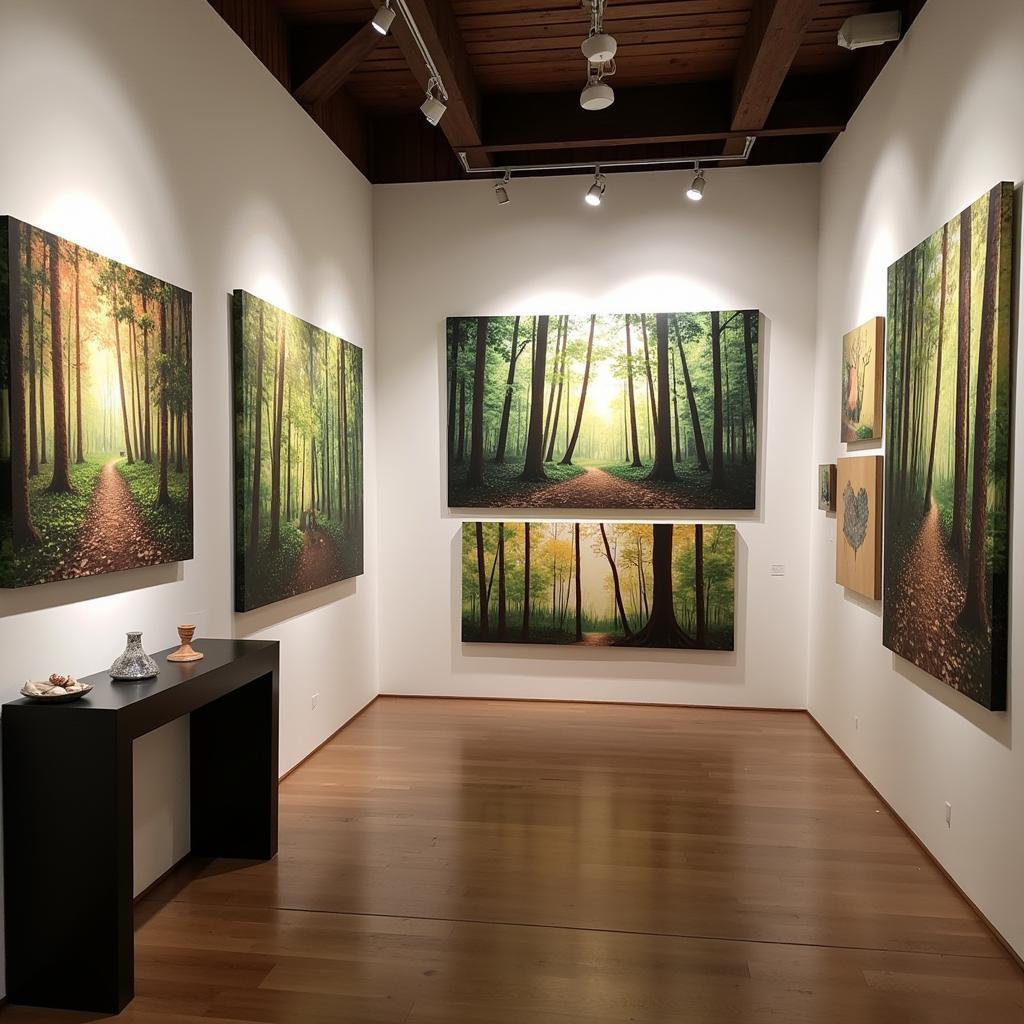Storage for Framed Art: Protecting Your Precious Artwork
When you invest in framed art, you’re not just buying a piece of decoration – you’re bringing home a piece of history, emotion, and creativity. Proper storage is essential to preserve the beauty and value of your artwork for years to come. Whether you’re a seasoned collector or a first-time buyer, understanding the best storage solutions for framed art can make all the difference in safeguarding your cherished possessions.
Why is Specialized Storage Important for Framed Art?
Framed art is particularly vulnerable to environmental factors and mishandling. Fluctuations in temperature and humidity can cause warping, cracking, and fading. Dust, pests, and even sunlight can also damage delicate artwork over time. Traditional storage methods, such as leaning artwork against walls or storing it in attics and basements, often expose pieces to these risks.
“Artwork, especially framed pieces, are investments that deserve to be protected,” says art conservator, Sarah Miller. “Specialized storage solutions not only safeguard your art from potential damage but also provide peace of mind knowing your collection is safe and secure.”
Exploring Your Options: Where to Store Framed Art
Choosing the right storage solution depends on several factors, including the size of your collection, your budget, and the length of storage required. Let’s explore some popular and effective options:
1. Climate-Controlled Art Storage Facilities
For serious collectors or those with valuable pieces, climate-controlled art storage facilities offer the highest level of protection. These facilities maintain optimal temperature and humidity levels year-round, minimizing the risk of environmental damage.
Benefits:
- Optimal climate control
- Enhanced security measures
- Specialized handling and care
- Inventory management options
Drawbacks:
- Can be expensive
- May require transportation to and from the facility
 Secure and Climate-Controlled Art Storage Unit
Secure and Climate-Controlled Art Storage Unit
2. Home Art Storage Solutions
If professional storage isn’t feasible, there are several ways to create a safe and secure environment for your framed art at home:
- Spare Rooms or Closets: Choose a space that’s cool, dry, and away from direct sunlight. Avoid areas prone to moisture or extreme temperature changes, such as attics, basements, and garages.
- Art Racks and Shelving: Invest in sturdy art racks or shelving units specifically designed for storing artwork. These units often feature adjustable dividers to accommodate different frame sizes and prevent pieces from leaning against each other.
- Art Storage Boxes and Crates: For added protection, consider storing framed art in specialized art storage boxes or crates. These containers are typically made from acid-free materials and offer a barrier against dust, pests, and light.
Tips for Home Storage:
- Clean and prepare artwork: Before storing, gently dust frames and artwork with a soft cloth.
- Use acid-free materials: Wrap artwork in acid-free tissue paper or bubble wrap and avoid using newspaper or cardboard, which can contain acids that damage artwork.
- Hang artwork vertically: If possible, hang artwork vertically on a wall to minimize stress on the frame and prevent warping.
- Keep an inventory: Maintain a detailed inventory of your stored artwork, including photographs, descriptions, and any relevant documentation.
 Practical Home Art Storage Ideas Using Racks and Shelves
Practical Home Art Storage Ideas Using Racks and Shelves
Choosing the Right Path: Factors to Consider
When deciding how to store your framed art, consider the following:
- Value and Sentimental Importance: Highly valuable or irreplaceable pieces may warrant the investment in professional storage.
- Climate in Your Area: If you live in a region with extreme temperatures or humidity, climate-controlled storage becomes even more crucial.
- Storage Duration: Short-term storage needs may be met with home solutions, while long-term storage often necessitates more specialized options.
Protecting Your Investment
Proper storage is an investment in the longevity and enjoyment of your framed art collection. Whether you choose professional storage or create a safe haven within your home, taking the right steps to protect your artwork ensures that its beauty and value will endure for generations to come.
FAQ: Frequently Asked Questions about Storage for Framed Art
-
What is the ideal temperature and humidity for storing framed art? The ideal temperature range is between 65-75°F (18-24°C) with a relative humidity level of 50-60%.
-
Can I store framed art in a garage or basement? It’s best to avoid storing framed art in garages or basements as these areas are prone to fluctuations in temperature and humidity and can attract pests.
-
How often should I check on my stored artwork? It’s a good practice to inspect your stored artwork every few months to ensure it’s still in good condition and to check for any signs of pests or damage.
-
What should I do if I discover damage to my stored artwork? If you discover damage, it’s crucial to consult a professional art conservator as soon as possible.
-
Are there insurance options specifically for stored artwork? Yes, many insurance providers offer specialized policies for fine art collections, including coverage for artwork in storage.
Need More Help?
For personalized advice on storing your valuable artwork, contact our team of experts at:
Phone: 02462573573
Email: danteum@gmail.com
Address: Savico Megamall, 7-9 Đ. Nguyễn Văn Linh, Gia Thụy, Long Biên, Hà Nội 10000, Việt Nam.
Our dedicated customer service team is available 24/7 to assist you.




